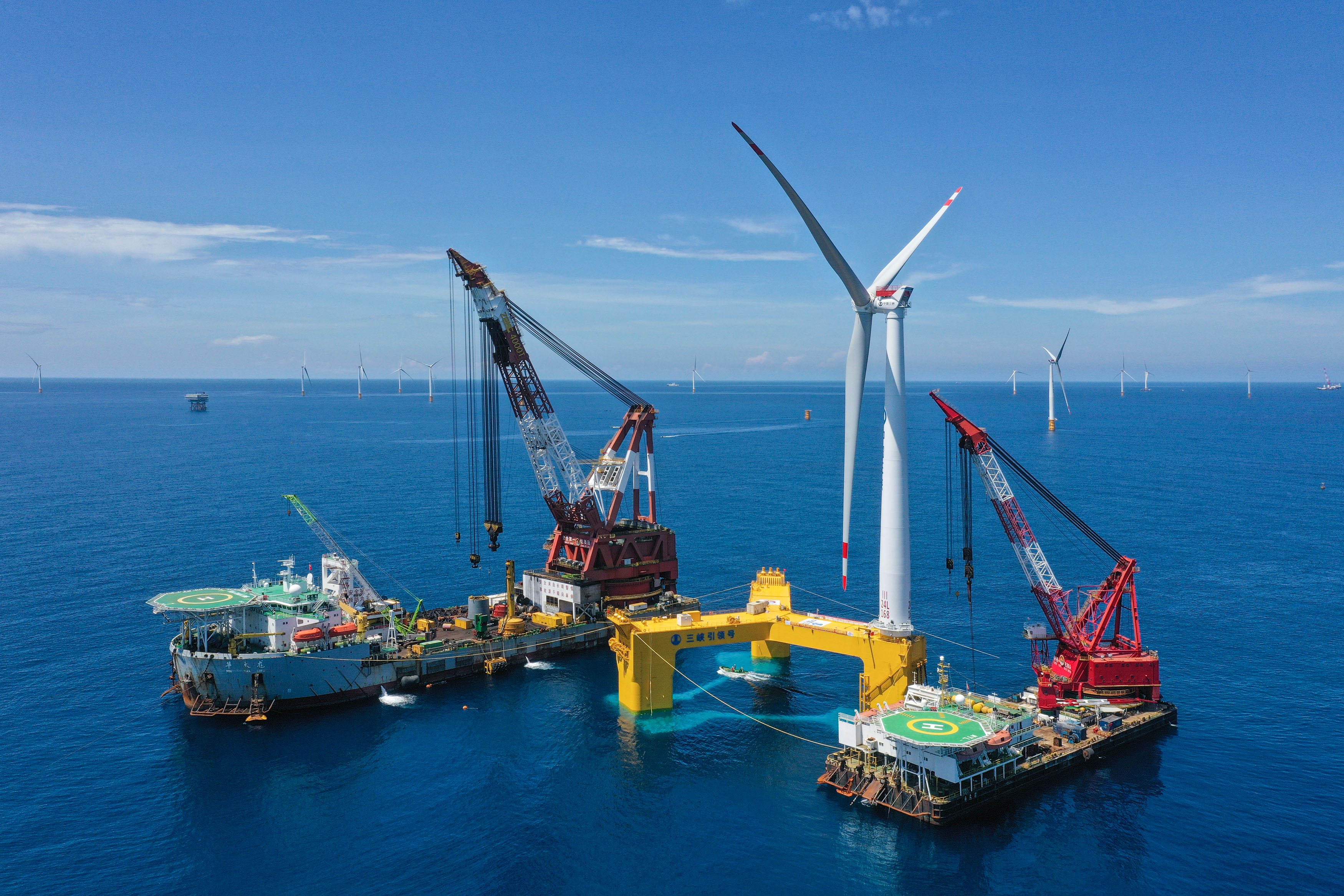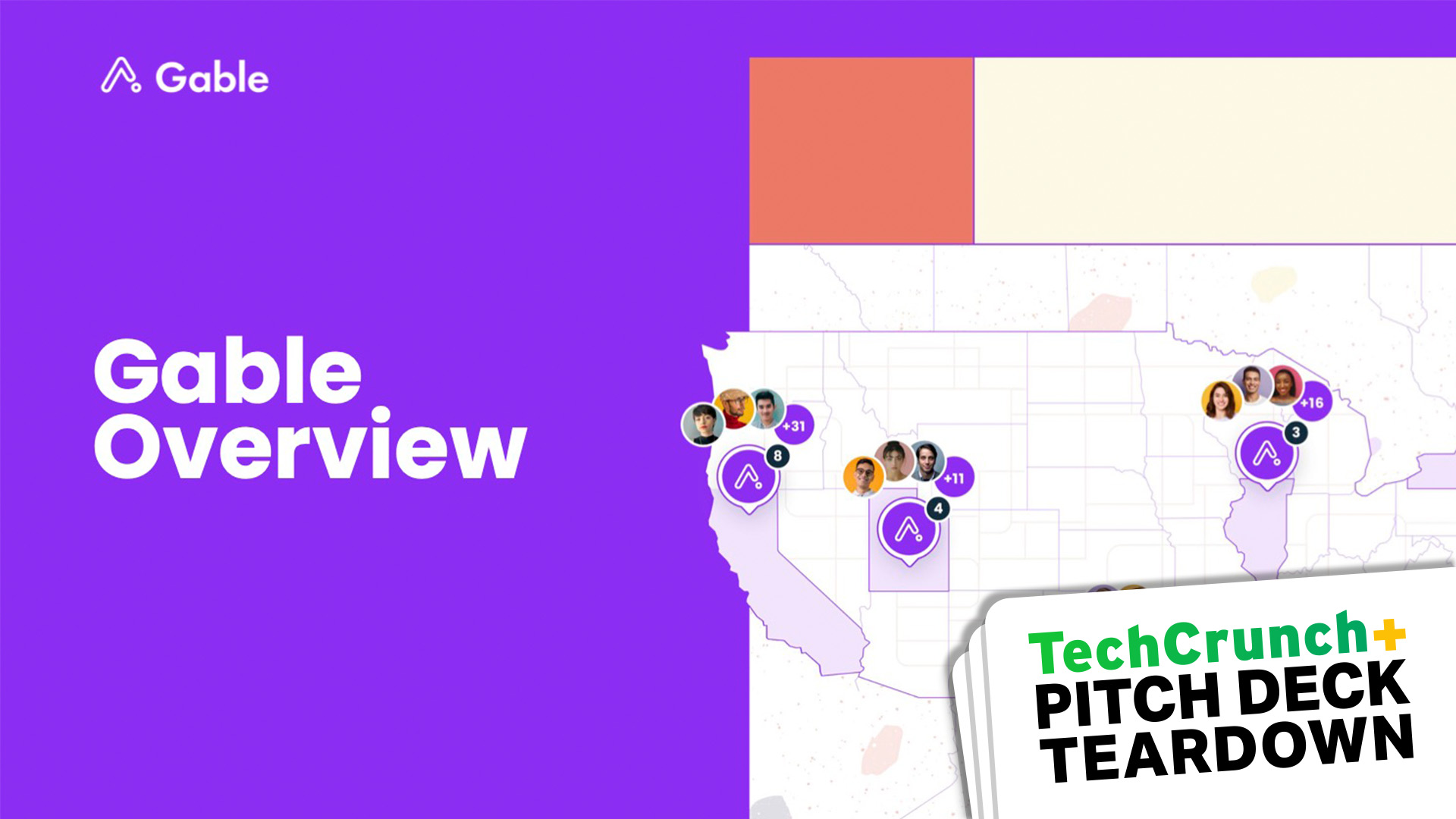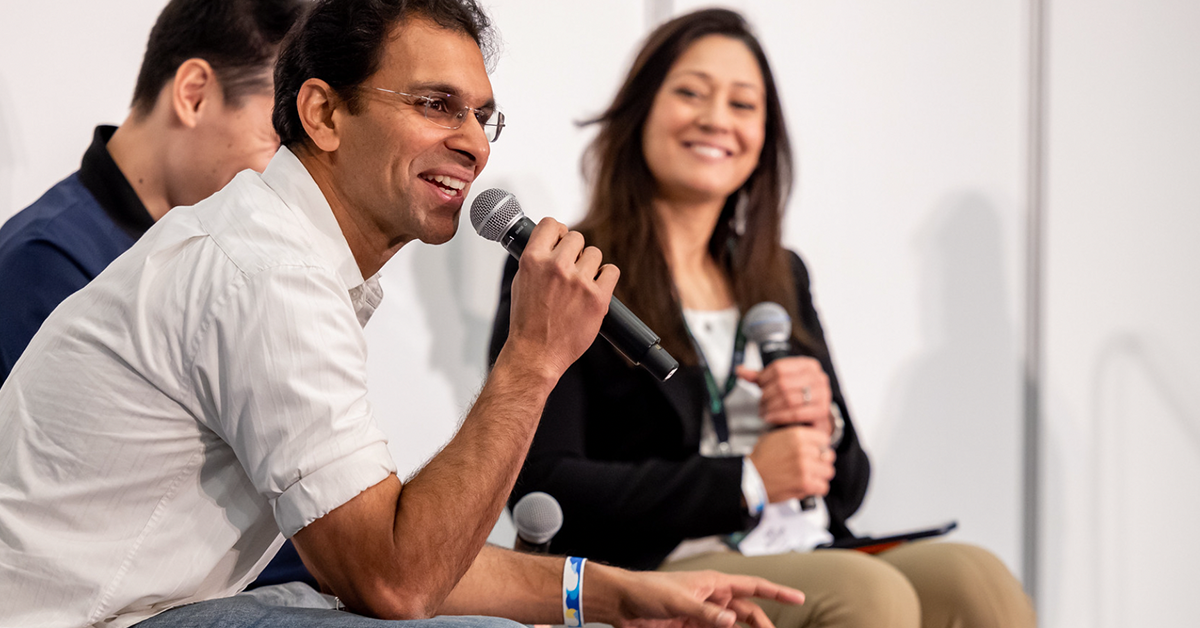Last week, the U.S. Federal Trade Commission, which protects consumers from deceptive business practices, issued an advisory titled “Keep your AI claims in check.”
When it comes to marketing, “false or unsubstantiated claims about a product’s efficacy are our bread and butter,” wrote Michael Atleson, an attorney with the FTC’s Division of Advertising Practices.
Artificial intelligence is a on everyone’s lips at the moment, “and at the FTC, one thing we know about hot marketing terms is that some advertisers won’t be able to stop themselves from overusing and abusing them.”
Given the renewed interest, “for companies where AI was previously No. 4 on the list of proof points, machine learning capabilities should merge into the main hook of the announcement,” advises PR strategist Camilla Tenn.
Full TechCrunch+ articles are only available to members.
Use discount code TCPLUSROUNDUP to save 20% off a one- or two-year subscription.
“If AI-related coverage can get a new, unknown brand into its target publications today, it could help get the brand’s pitch deck in front of potential investors or partners tomorrow,” she writes in TC+.
Tenn recommends imitating major players like Google and Samsung, which have dedicated teams that release a steady stream of material about “ongoing projects” tied to prevailing tech trends.
“Even if those projects don’t see the light of day, the PR team has strategically positioned the brand as ‘innovative,’” says Tenn. “With this precedent, startups should not feel abashed to use any means necessary to get their name out there.”
Good advice for marketing mercenaries, but keep those pitches straight — reporters know when we’re being sold to, and the FTC isn’t messing around.
Thanks for reading — and for making this TechCrunch’s fastest-growing newsletter last month!
Have a great weekend,
Walter Thompson
Editorial Manager, TechCrunch+
@yourprotagonist

Image Credits: Juanmonino (opens in a new window) / Getty Images
Many devs rely on donations and crowdfunding to monetize open source projects, but with the proper planning, teams can leverage their work for commercial clients who’ll put them in a higher tax bracket.
Offering users customer support or consulting services are common revenue streams, according to product development consultant Victoria Melnikova, who also says devs should form partnerships and use platforms like Reddit and Hacker News to reach potential paying customers.
“To find your path, talk to your clients and understand their goals and pains.”

Image Credits: Liang Wendong/VCG / Getty Images
Tapping the ocean for energy led to disasters like the Deepwater Horizon oil spill, which released nearly 5 million barrels of crude oil into the Gulf of Mexico in 2010.
Today, wind power and wave action are just two technologies leading investors to take a closer look at ocean conservation technology, reports Tim De Chant.
To learn more about the opportunities they’re chasing and discover how climate change is shaping their investment thesis, he surveyed:

Image Credits: Gable (opens in a new window)
Remote workspace platform Gable raised a $12 million Series A to scale up its operations, which currently serves more than 5,000 workers in 26 countries.
“Making the business of shared workspaces easier for startups certainly has its challenges, but it’s also a large and growing market,” writes Haje Jan Kamps. “Gable weaves its story together with ease.”
Here’s their 21-slide Series A deck:

Image Credits: Bryce Durbin/TechCrunch
Dear Sophie,
I started working for my current employer on STEM-OPT, but I’ve lost out in the H-1B lottery four times. Thankfully, my employer transferred me to an international office, and I am now coming back to the U.S. on an L-1 visa.
I’ve heard many complaints from my classmates about not being able to switch employers on an L-1 visa. I don’t see myself staying at my employer for six more years, which is the estimated time until I can get a green card based on my employer’s internal policy.
What are my options for changing my immigration status so I can work at a startup in the U.S. within a year or two?
— Tenacious Transferee

Image Credits: SomeMeans (opens in a new window) / Getty Images
No one needs a mega-influencer like Serena Williams or a Kardashian to build buzz for their startup — an evangelist with just a few thousand followers can push qualified customers into your product funnel.
But before hiring a TikTok or YouTube personality, brand marketers should brush up on the laws that govern how influencers operate, and the risks associated with failing to comply.
“Novel legal issues and risks have emerged for both influencers and brands,” says Nicholas Sandy, a litigator at Pryor Cashman.
“Key, recurring issues relate to copyright licensing and infringement, disclosures and statements in endorsements, compliance with securities laws, and defamation.”

Interested in speaking at TechCrunch Disrupt this September in San Francisco?
Submit a title and a description for the topic you’d like to talk about before April 21.
Selected applicants will have a chance to lead a roundtable discussion or participate in a breakout session followed by an audience Q&A.
TechCrunch+ roundup: Ocean tech investor survey, AI and PR, L-1 visa options by Walter Thompson originally published on TechCrunch

As we await the next generation of engineered writing, of tools like ChatGPT that are based on large language models (LLMs), it is worth pondering whether they will ever create truly great and unique prose, rather than the plausible-sounding mimicry they are currently known for.
By preprocessing countless words and the statistical relationships between them from million of texts, an LLM creates a multidimensional topology, a complex array of hills and valleys. Into this landscape a human prompt sets in motion a narrative snowball, which rolls according to the model’s internal physics, gathering words along the way. The aggregated mass of words is what appears sequentially on the screen.
This is an impressive feat. But it has several major problems if you are concerned about writing well. First, a simple LLM has the same issue a pool table has: the ball will always follow the same path across the surface, in a predictable route, given its initial direction, thrust, and spin. Without additional interventions, an LLM will select the most common word that follows the prior word, based on its predetermined internal calculus. This is, of course, a recipe for unvaried familiarity, as the angle of the human prompt, like the pool cue, can overdetermine the flow that ensues.
To counteract this criticism and achieve some level of variation while maintaining comprehensibility, ChatGPT and other LLM-based tools turn up the “temperature,” an internal variable, increasing it from 0, which produces perfect fidelity to the physics, i.e., always selecting the most likely next word, to something more like 0.8, which slightly weakens the gravitational pull in its textspace, so that less common words will be chosen more frequently. This, in turn, bends the overall path of words in new directions. The intentional warping of the topological surface via the temperature dial enables LLMs to spit out different texts based on the same prompt, effectively giving the snowball constant tugs in more random directions than the perfect slalom course determined by the iron laws of physics. Turn the temperature up further and even wilder things can happen.
Yet writing well isn’t about using less frequent words or having more frequent tangents. Great writing forges alternative pathways with intentionality. Styles and directions are not shifted randomly, but as needed to strengthen one’s case or to jolt the reader after a span of more mundane prose. For instance, my writing style for this newsletter, although less serious and less formal than my academic writing style, nevertheless is prone to use the phrase “for instance” and the word “nevertheless.” My sentences tend to be longer than those you might encounter in more casual writing, and I generally avoid starting a sentence with “Anyway,” or ending a sentence with an exclamation point. But sometimes, to underscore my argument, I do use an exclamation point!
Anyway, dialing up the temperature creates variability, leading to different responses to the same prompt; an improvement. But this hack is only on the output side of the LLM; by the time the snowball is rolling around, those hills and valleys are already firmly sculpted by the preprocessing of a distinct slate of texts. In other words, the input of the LLM has already been determined. With many of the LLM-based tools we are encountering today, those corpora are incredibly large and omnivorous. ChatGPT is an indiscriminate generalist in what it has read, because it wants to be able to write on virtually any topic.
Here again, however, there is an obvious issue. Good writing isn’t just the selection and ordering of words, the output; good writing is the product of good reading. Writers aren’t indiscriminate generalists, but tend to be rather choosy and personal about what they read. As humans they also have a fairly limited reading capacity, which means that their styles are highly influenced by idiosyncratic reading histories, by their whim. Good readers can often discern which writers a writer has read, as little stylistic quirks pop up here and there — a recognizable artisanal blend, mixed with some individually developed ingredients. It is hard to see how great writing can come from a model that is a generalist, or from a prompt asking for “a story in the style of” just one writer, or even from an LLM trained on a discerning, highbrow corpus, although each of those might have interesting, skillful outputs.
If we want our LLMs to be truly variable and creative, we would have to train the models not on a mass of texts or even the texts of a set of “good writers” (if we could even agree on who those are!), but on a limited, odd array of texts one human being has ingested over their lifetime, which they think about in relationship to their experience of life itself, and which they process and transform over time. And this begins to sound a lot like a story in the style of Jorge Luis Borges, in which a machine seeks to become a writer to impress human beings, and so it asks someone to assemble a library of great works, and the machine waits patiently for years while its human assistant, engrossed by what they are reading, piles up books next to a comfortable chair.
Subscribe to the Humane Ingenuity newsletter:

Three artists have filed a copyright infringement lawsuit against several AI art generators, including Stability.ai and Midjourney. The lawsuit alleges that the artists' copyright was violated when Stability.ai and other art generators trained their software using billions of images, which included copyrighted art created by the artists. — Read the rest